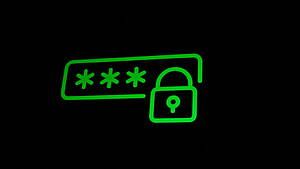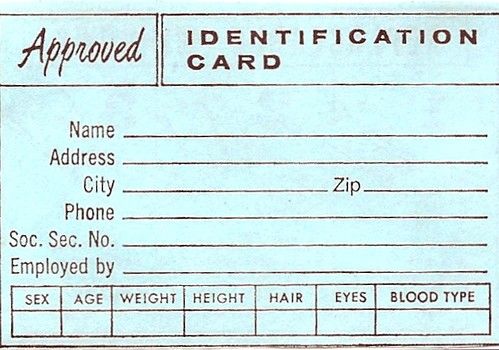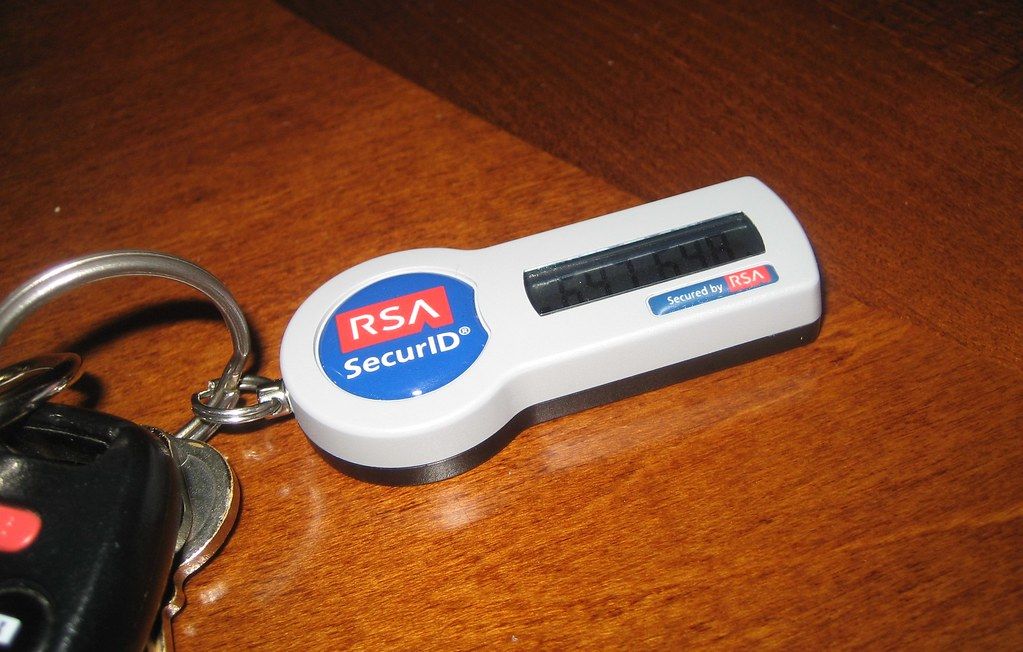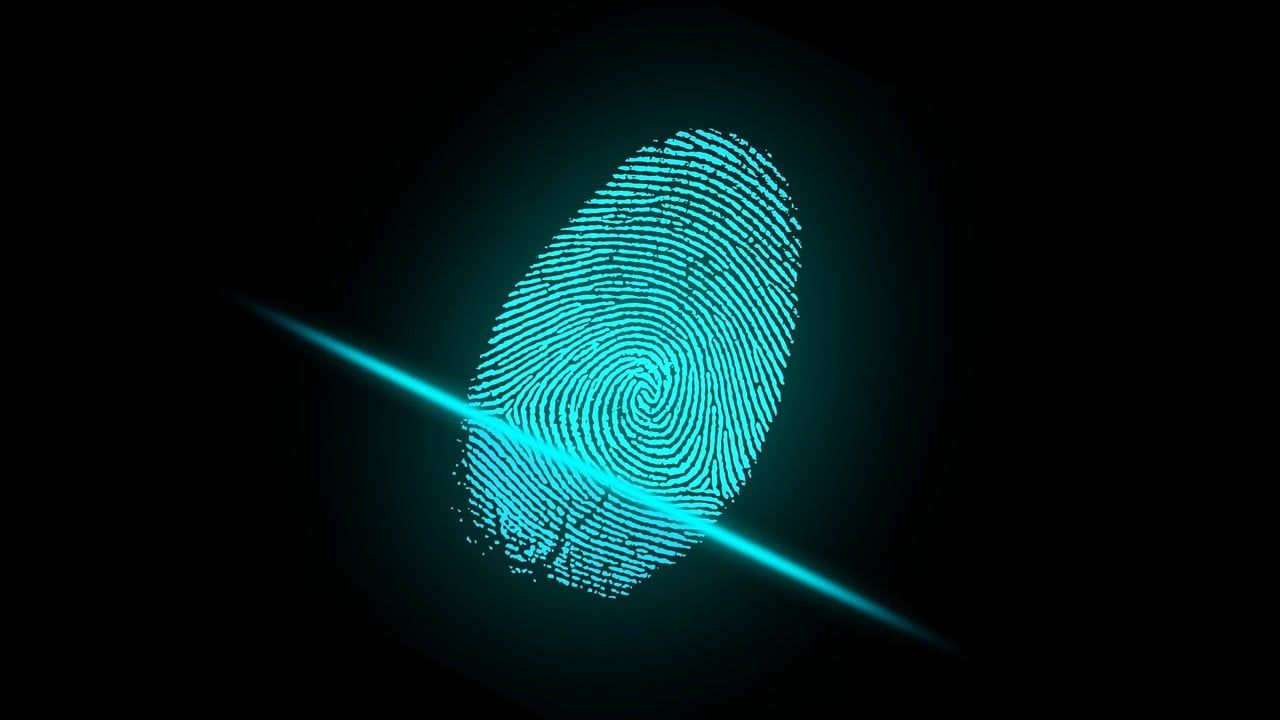Say again? Why Two-Factor Matters.
The Power of Multifactor Authentication:
Strengthening Enterprise Security
Introduction.
The ever-evolving landscape of cyber threats has become more sophisticated, making it imperative to rethink our approach to safeguarding sensitive information. Traditional username and password combinations alone are no longer sufficient to protect against these threats adequately. As a result, multifactor authentication (MFA) has emerged as a crucial security measure for enterprises. We will explore the usage and benefits of MFA in enterprise environments, focusing on its impact on users and its effectiveness in preventing threat actors.
What is Multifactor Authentication?
Using multifactor authentication can significantly enhance the security of your systems by adding additional layers of protection for identity verification. By implementing this extra step, we can ensure that sensitive information or resources are only accessed by authorized individuals. This measure is crucial in maintaining security and protecting against potential breaches. This typically involves combining something the user knows (such as a password) with something they have (such as a smartphone or token) or something they are (biometric information like fingerprints or facial recognition). By adding these extra elements, MFA can significantly minimize the chances of unauthorized access, even if one factor is compromised. MFA is widely recognized as crucial for safeguarding enterprise security, providing additional protection against cyber threats, and enhancing overall defense measures. This approach adds security beyond the traditional username and password combination, making it significantly more challenging for threat actors to gain unauthorized access.
How Does MFA Work?
Typically, MFA (Multifactor Authentication) combines three types of authentication factors:
1. Something you know(e.g., password or PIN).
2. Something you have (e.g., a security token or smartphone).
3. Something you are (e.g., biometrics such as fingerprint or facial recognition).
The Benefits of Multifactor Authentication in Enterprise Environments.
Enhanced User Authentication and Improved Security Posture.
MFA significantly strengthens the security posture by adding an extra layer of protection. Even if one factor is compromised, the attacker still requires additional factors to gain access.
By implementing MFA, organizations can also mitigate the risk of credential theft and unauthorized access. With traditional username and password-based authentication methods, threat actors often exploit weak or reused passwords to gain system entry. However, with MFA in place, using another form of identification alongside a password significantly minimizes the impact of these attacks. Even if an attacker obtains a password through phishing or keylogging, they can only bypass the MFA barriers if they possess the additional required factors.
Likewise, MFA offers an added layer of protection against brute-force attacks. In traditional authentication systems, threat actors can automate tools and launch massive login attempts using different combinations until they find a valid username and password combination. However, with MFA enabled, even if they discover valid credentials, they still need to provide additional factors for each attempt. This dramatically slows their progress and makes their efforts less likely to succeed.
Ease of Use for Users.
While MFA adds an extra step during the login process, modern solutions have made it convenient and user-friendly. Technologies like push notifications allow users to authenticate with a single tap on their mobile devices, reducing friction and maintaining productivity.
Technologies like push notifications allow users to authenticate with a single tap on their mobile devices, reducing friction and maintaining productivity. This streamlined approach saves time and enhances the user experience by eliminating the need to remember complex passwords or carry physical tokens.
MFA offers flexibility in choosing different factors for authentication. Users can select from SMS codes, biometric identifiers like fingerprints or facial recognition, hardware tokens, smart cards, or even voice recognition. This flexibility accommodates different preferences and requirements within an enterprise environment. For example, some employees may prefer using their smartphones for authentication. In contrast, others may opt for physical tokens or biometric features embedded in laptops.
In addition to these user benefits, implementing MFA strengthens an organization’s security against threat actors by creating significant hurdles for unauthorized access attempts. The additional layers of authentication make it exponentially more difficult for attackers to penetrate systems. This heightened security discourages many cyber criminals looking for quick and easy targets. MFA helps maintain business continuity and safeguards sensitive corporate data from being compromised.
Overall, the usage and benefits of multifactor authentication in enterprise environments cannot be overstated. MFA addresses the limitations of traditional username-password combinations by adding to their valuable assets from increasingly sophisticated cyber threats and ensuring a safer digital environment for their employees and stakeholders.
Protection Against Credential-based Attacks.
Mitigation of Password Vulnerabilities.
Passwords are notorious for being weak links in the security chain due to common weaknesses such as reuse, predictable patterns, and brute-force attacks. By introducing additional authentication factors with MFA, enterprises can minimize the impact of compromised passwords.
The usage of MFA in enterprise environments also addresses the risks associated with shared, stolen, or lost credentials. In traditional username and password authentication, a stolen password can give an intruder unrestricted access to sensitive data and systems. However, with MFA implemented, even if the username and password are compromised, threat actors would still need physical possession of the additional factor (such as a mobile device) or biometric data unique to that user. This adds another barrier that makes it substantially more challenging for cybercriminals to breach security measures.
Defense-in-depth Approach.
MFA is an effective defensive measure and a valuable tool in safeguarding enterprise systems against unauthorized access attempts by threat actors. It forces attackers to overcome multiple layers of security, making it significantly more challenging to succeed in their malicious activities. Organizations with this robust authentication mechanism create hurdles that discourage attackers by requiring users to provide additional identification, such as scanning a fingerprint or entering a one-time code. Knowing that multiple factors are needed to gain access, potential intruders may be deterred from attempting an attack.
Again, MFA enhances the overall security posture of enterprises by reducing the risk of successful credential-based attacks. Cybercriminals often rely on stolen or compromised passwords to infiltrate systems and networks. With MFA in place, when an attacker obtains a user’s password, they still need the additional factor (e.g., a biometric scan) to bypass the authentication process. This added layer of protection acts as a strong deterrent while nearly eliminating unauthorized access by threat actors.
The Impact on Users and User Experience.
Increased Security Awareness.
Users become more aware of cybersecurity threats by adopting MFA in an organization. This promotes a culture of security consciousness among employees, who understand the importance of protecting their credentials and the potential consequences of a security breach. With MFA, users are encouraged to adopt best practices such as regularly updating passwords and being vigilant about suspicious activities or phishing attempts. This increased awareness and proactive approach to security helps create a more resilient workforce with the knowledge and skills to protect sensitive information.
Additionally, implementing MFA can have positive effects beyond just strengthening security measures. It can foster a sense of accountability among users as they become responsible for managing multiple authentication factors. This awareness can lead to improved user habits, increased compliance with security policies, and a general culture that prioritizes cybersecurity. Ultimately, the widespread adoption of MFA contributes to building a more resilient and secure organizational environment.
Convenience and Ease of Use.
With advancements in technology, MFA solutions now offer seamless user experiences. Authentication methods like biometrics or smart cards can reduce the burden on users by eliminating the need to remember complex passwords. Biometric authentication provides a quick and convenient way for users to prove their identity without relying on traditional password-based systems. This enhances security and saves time and frustration for users who no longer have to remember multiple passwords or reset them frequently.
MFA solutions can integrate seamlessly with existing workflows and applications, ensuring that productivity is not compromised. Users can authenticate themselves with a single tap on their mobile devices through push notifications or use hardware tokens for secure access. By streamlining the authentication process and removing unnecessary barriers, MFA solutions enable employees to work efficiently while maintaining high security.
Balancing Security and User Experience.
While implementing MFA provides enhanced security, organizations must balance security and user experience. Proper planning, usability testing, and user training can ensure that MFA adoption does not negatively impact productivity or discourage users. Limiting the impact on the user experience is crucial when designing an effective MFA implementation that aligns with their specific needs and workflows.
Usability testing is crucial in identifying potential pain points or obstacles during the authentication process. Organizations can gather valuable feedback on the MFA solution’s effectiveness, efficiency, and satisfaction by involving end-users in the testing phase. This feedback can be used to refine and optimize the implementation to ensure a smooth user experience.
User training is equally vital in ensuring successful MFA adoption. Organizations should invest in educating their employees about the benefits of MFA and how to use it effectively. Training sessions can cover topics such as understanding the importance of strong passwords, how to set up and manage authentication methods, and recognizing phishing attempts. By empowering users with knowledge and skills, organizations can create a security-conscious culture where employees actively participate in safeguarding sensitive information.
Improvements in Protection Against Threat Actors.
Reduced Risk of Account Compromise.
MFA acts as a significant deterrent for attackers attempting to breach accounts. When attackers acquire a user’s password, they can only proceed further with the additional authentication factors. This means that even if an attacker manages to obtain a user’s password through phishing or credential stuffing attacks, they will need to overcome additional layers of security such as biometric verification or one-time passcodes.
By implementing MFA, organizations raise the bar for attackers and make it less appealing for them to target their systems. Attackers often seek out vulnerable targets with weak or easily compromised authentication methods. When an organization adopts MFA, it sends a strong message that security is taken seriously and that accessing their systems will be significantly more challenging. As a result, potential attackers may redirect their efforts towards easier targets that do not have such robust security measures in place.
In addition to acting as a deterrent for external threat actors, MFA also helps protect against insider threats. Insider threats can occur when individuals within an organization misuse their privileges or credentials for malicious or unprivileged purposes. By requiring multiple authentication factors, MFA provides an additional layer of protection against unauthorized actions by insiders. Even if an individual within the organization has legitimate access to specific resources or systems, they would still need to authenticate themselves using multiple factors before gaining permission to carry out sensitive operations. This can help mitigate the risk of insider attacks and ensure that only authorized individuals can access critical information or perform high-impact actions within the organization’s infrastructure.
Mitigation of Credential Stuffing Attacks.
Credential stuffing attacks involve automated login attempts using stolen credentials. By implementing MFA, enterprises can mitigate the risk associated with these attacks, as the second authentication factor prevents unauthorized access even with compromised passwords. Compromised user credentials, through data breaches or other means, would need a second form of authentication, such as a temporary code or biometric verification, to be valid forms of access. This effectively protects user accounts and limits the impact of credential-stuffing attacks.
In many phishing attempts, attackers trick users into providing their login credentials on fake websites or through deceptive emails. With MFA in place, even if a user unknowingly provides their username and password to a malicious party, the attacker would still be unable to gain access without the second authentication factor.
MFA allows organizations to enhance compliance with industry regulations, data protection, and privacy standards. With data breaches becoming increasingly common and costly, regulators emphasize organizations’ responsibility to protect sensitive information. Regulatory bodies such as GDPR, HIPAA, and PCI-DSS recognize MFA as an effective security measure. By adopting this additional layer of security, organizations protect themselves from potential penalties and demonstrate their commitment to safeguarding customer data and maintaining trust with their stakeholders.
Defense Against Phishing Attempts.
Phishing remains a popular attack vector for threat actors attempting to gain unauthorized access. MFA adds a layer of protection to block these attacks by ensuring that even if phishing emails trick users into revealing their passwords, the attackers still require the additional factor to gain access. This significantly reduces the effectiveness of phishing attempts when users fall victim to a phishing scam and unknowingly provide their login credentials. The attacker cannot log in without the second authentication factor.
MFA also provides real-time alerts and notifications of unauthorized access attempts. Suppose an attacker tries to gain access using stolen credentials or a phishing attack. In that case, MFA can notify the user and the organization immediately, allowing for rapid response and mitigation measures. These alerts enable organizations to take swift action, such as blocking suspicious IP addresses or revoking compromised credentials, preventing further unauthorized access.

Conclusion.
As organizations face escalating threats in today’s digital landscape, multifactor authentication has emerged as a vital security measure. By combining multiple factors for user authentication, MFA dramatically enhances security while providing ease of use for end-users. The benefits of MFA in enterprise environments are evident through improved security posture, increased protection against credential-based attacks, and decreased risk of account compromise. With proper planning and consideration for user experience, organizations can successfully implement MFA and significantly strengthen their defense against cyber threats.








